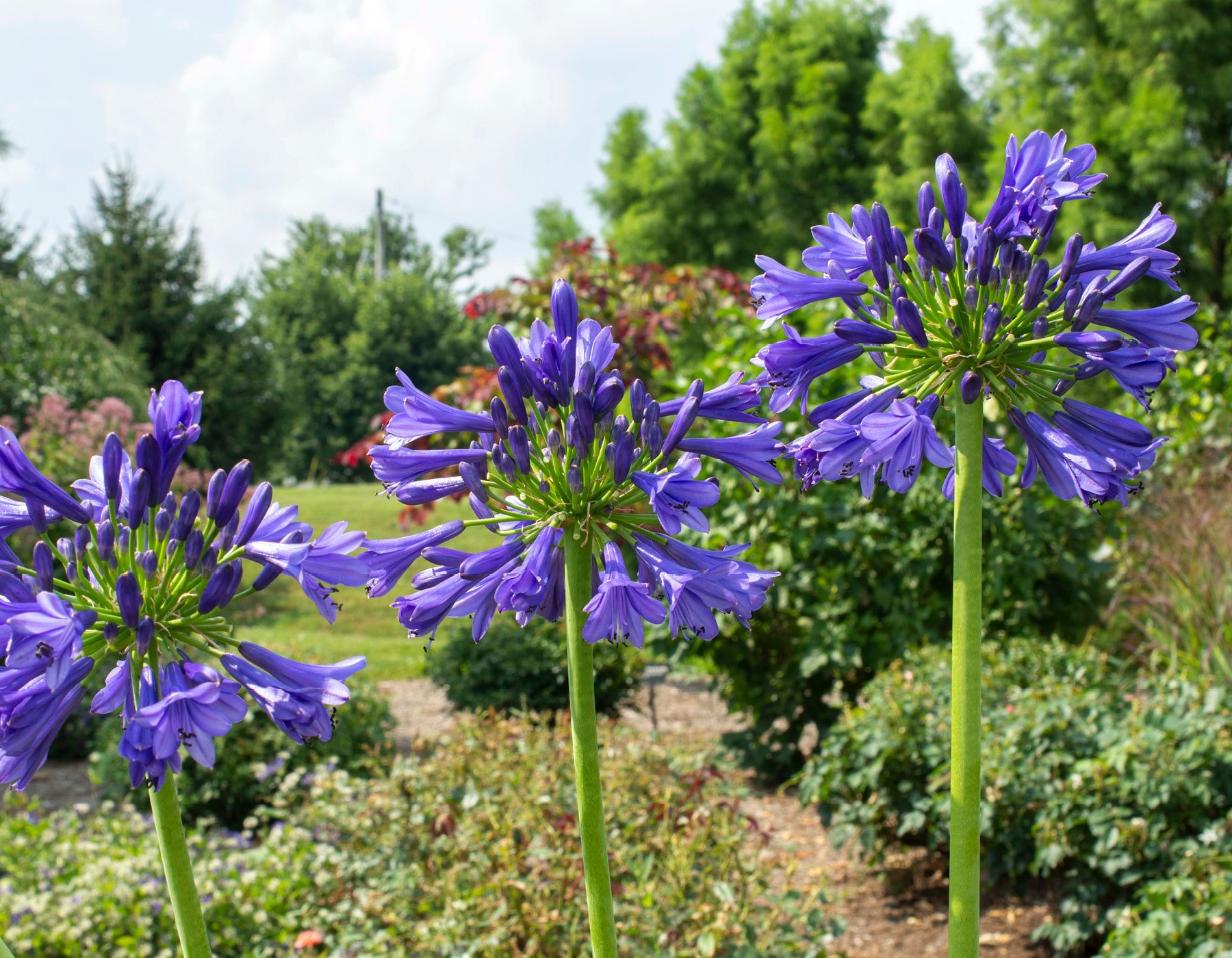Agapanthus Breeding: Tips for Expanding Your Plant Collection
Agapanthus Breeding: Tips for Expanding Your Plant Collection
Blog Article
Mastering the Art of Agapanthus Treatment: Crucial Steps for Healthy Development and Vivid Flowers
In the world of cultivation, the farming of agapanthus stands as a rewarding venture for those who seek to support these classy flowering plants. From choosing the best range to grasping pruning techniques, the journey in the direction of growing thriving agapanthus plants is diverse and holds the vital to unlocking the complete potential of these organic gems.

Picking the Right Agapanthus Range

When selecting the appropriate Agapanthus range for your yard, think about factors such as environment viability, bloom color, and development practice. Additionally, take into consideration the environment in your area to make sure the Agapanthus variety you choose can grow in your specific conditions. Recognizing the development behavior of various Agapanthus selections is important for correct positioning within your garden.
Suitable Planting Problems
Taking into consideration the ideal environmental demands is important for successful Agapanthus growing. Agapanthus thrives in well-draining dirt with a slightly acidic to neutral pH degree. When planting, choose a place that obtains full sunlight to partial shade. In hotter climates, providing some afternoon shade can stop scorching of the fallen leaves. Agapanthus plants are sensitive to chilly temperatures and should be secured from frost during wintertime months.
To make sure healthy growth and dynamic blossoms, plant Agapanthus bulbs at a depth of regarding 2-4 inches and area them 8-12 inches apart. Mulching around the base of the plants helps maintain wetness and subdues weed development.
Watering and Feeding Tips
Maintaining correct moisture degrees and offering vital nutrients are essential elements in the treatment regimen for Agapanthus plants. It is crucial to strike a balance when it comes to watering Agapanthus. If overwatered, these plants prefer regularly wet dirt but are vulnerable to root rot. Throughout the growing period, water deeply once a week, guaranteeing the dirt is well-draining to stop waterlogging. In hotter climates or throughout durations of dry spell, even more regular watering might be needed to keep the dirt uniformly wet. However, decrease watering in the wintertime to stop water logged conditions.
Fertilizing Agapanthus is necessary for advertising healthy and balanced growth and prolific blooms. Apply a balanced plant food, such as a 10-10-10 formula, in the very early spring as brand-new growth arises. By adhering to these watering Find Out More and fertilizing ideas, you can ensure your Agapanthus plants grow and generate dynamic, long-lasting blossoms.
Trimming Methods for Agapanthus
Trimming Agapanthus plants at the appropriate times and with appropriate methods is crucial for preserving their health and wellness and promoting ideal growth and flowering. The excellent time to prune Agapanthus is in late winter season or early spring prior to brand-new development emerges. Start by getting rid of any kind of yellowing or dead fallen leaves near the base of the plant. Cut them as short as possible without harming the arising shoots.
Deadheading invested blossoms can also reroute the plant's power into creating more blooms instead than establishing seeds. If you desire to accumulate seeds for breeding, leave some flowers to mature and completely dry on the plant.
Remember to make use of clean, sharp devices to make exact cuts and reduce the risk of introducing conditions. Agapanthus. Regular pruning will certainly assist keep your Agapanthus looking neat and healthy while making sure an abundant display of lovely flowers
Dealing With Common Insects and Illness
After making sure correct pruning strategies for Agapanthus, it is vital to deal with usual insects and illness my company that can impact the health and vitality of these plants. One common pest that impacts Agapanthus is the Agapanthus gall midget.
Another usual issue is fungal leaf place, which presents as dark sores on the fallen leaves. To stop fungal diseases, make certain excellent air circulation around the plants, avoid overhanging watering, and get rid of any kind of infected fallen leaves promptly. Additionally, Agapanthus plants can deal with origin rot if they are planted in improperly draining pipes dirt. To prevent this, plant Agapanthus in well-draining dirt and stay clear of overwatering. By being watchful and taking prompt action against diseases and insects, you can help your Agapanthus plants thrive and generate dynamic blossoms.

Verdict
To conclude, understanding the art of agapanthus treatment includes selecting the best range, supplying perfect growing problems, correct watering and feeding, suitable pruning strategies, and addressing common parasites and conditions. By adhering to these crucial actions, you can make certain healthy and balanced growth and lively flowers for your agapanthus plants. Remember to frequently monitor and maintain your plants to advertise their general wellness and durability.
To make sure healthy growth and vibrant blooms, plant Agapanthus light bulbs at a deepness of concerning 2-4 inches and space them 8-12 inches apart. By complying with these watering and fertilizing tips, you can guarantee your Agapanthus plants grow and produce lively, lasting blooms.
One webpage usual pest that impacts Agapanthus is the Agapanthus gall midge. In addition, Agapanthus plants can endure from origin rot if they are planted in badly draining soil. By following these essential steps, you can make sure healthy and balanced development and lively blossoms for your agapanthus plants.
Report this page